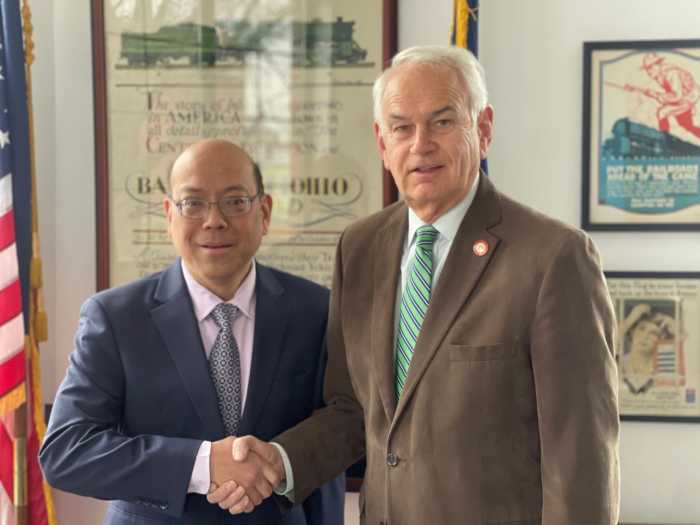By Dustin Brown
After hearing the concerns of a group advocating severe cuts in U.S. immigration, Community Board 5 has created a committee to investigate how the tremendous flow of immigrants into New York affects their part of Queens.
“It’s a committee to explore how immigration affects the quality of life in our community as it pertains to what our community board is supposed to do,” said Walter Sanchez, the community board member who will chair the new committee.
The committee was formed following three months of lobbying by members of the Tri-State Immigration Moratorium, or TRIM. The Manhattan-based advocacy group is touting the merits of the Aspen Resolution, a non-binding statement that calls on Congress to stabilize the nation’s population by reducing immigration to replacement levels — equal numbers entering and leaving each year.
Although the resolution itself has no power, it is seen by members of TRIM as a way to demonstrate community support for a change of immigration policy that can only be made through federal legislation.
According to census figures, Queens had the largest overall growth among the five boroughs over the past 10 years, climbing 14.2 percent to more than 2.2 million residents. The borough’s growth was largely fueled by high rates of immigration among Hispanics, who now make up a quarter of the borough’s population, and Asians, who account for 17.6 percent of Queens residents.
After the board’s executive committee met with members of TRIM last week, board chairman Frank Principe announced the creation of the committee at CB 5’s public session July 11.
Sanchez said that while the committee was formed as a consequence of concerns expressed by members of TRIM, the committee does not have any plans to deal specifically with the Aspen Resolution, which was originally passed by the Aspen City Council in December 1999.
“A number of us vehemently disagree with the findings of that resolution,” Sanchez said. “Our committee is going to find information about immigration and how it has affected other communities. We don’t feel looking to adopt [the Aspen Resolution] is appropriate.”
According to community board bylaws, ad-hoc committees formed to work on special requests have 90 days in which to convene, giving the group until October to chart the board’s course-of-action on the immigration question.
Sanchez said he will select members of the committee who “represent both sides of the issue.”
“We have determined that immigration does have an effect on our quality of life,” Sanchez said. “But whether we’ll come out with a resolution depends on whether we think that we can effect a change, or whether we think a change in the policy is needed.”
Ed Price, the president of TRIM, was happy to learn that the community board had decided to study immigration concerns as they relate specifically to local neighborhoods.
“He’s really taken the initiative here,” Price said of Sanchez. “Certainly Queens has been impacted something terrible and the community boards ought to be looking into it.”
Reach reporter Dustin Brown by e-mail at Timesledger@aol.com or call 229-0300, Ext. 154.

































